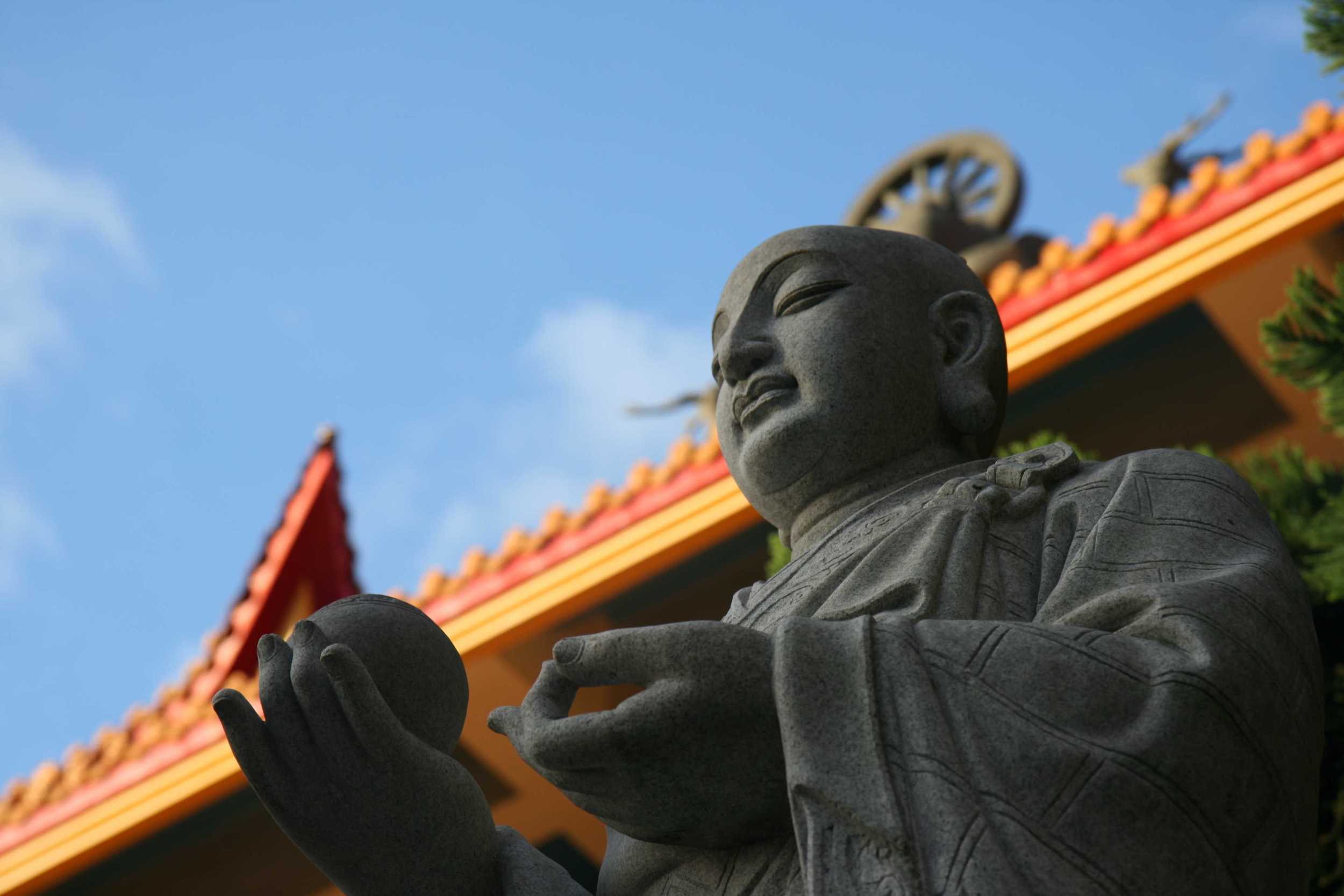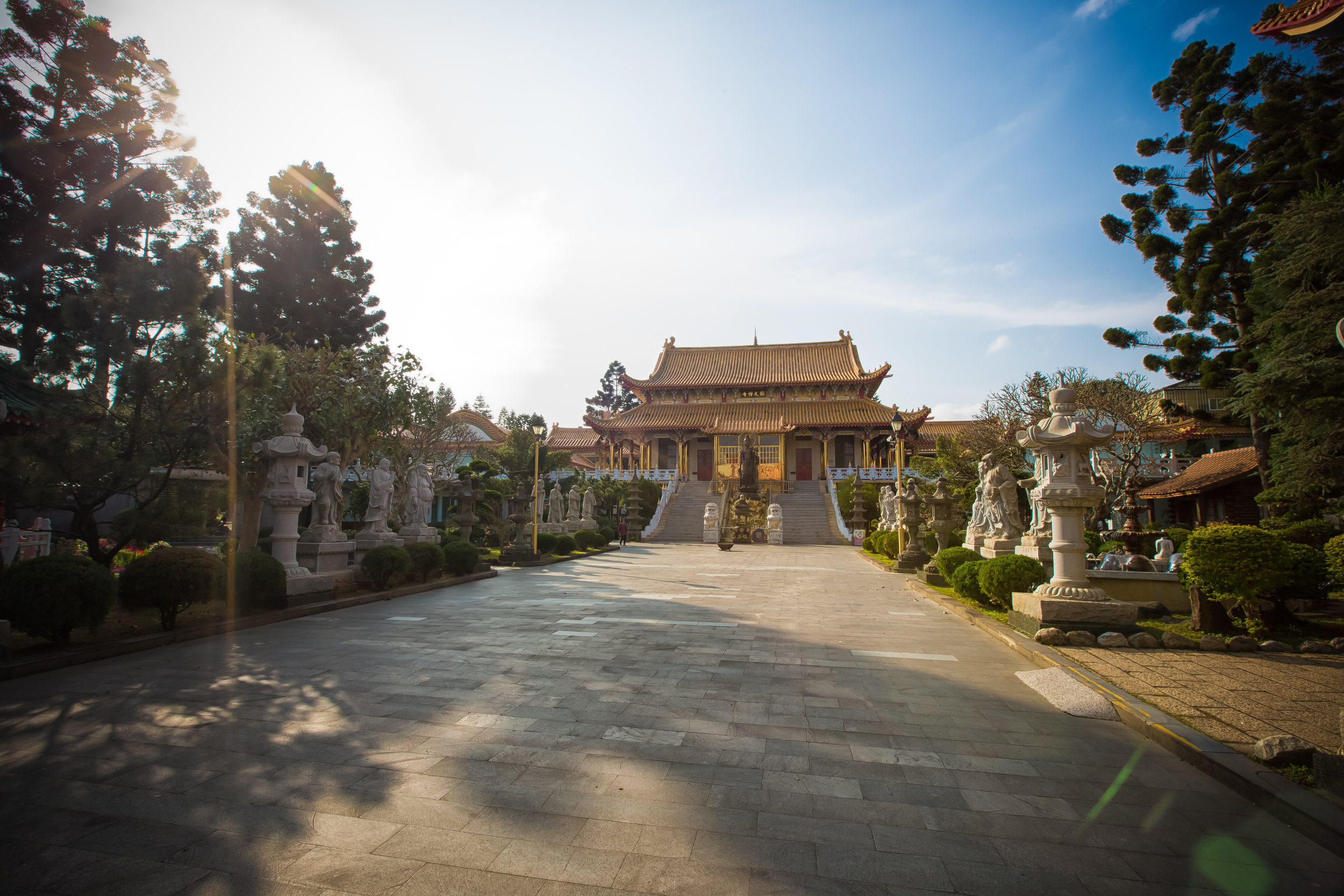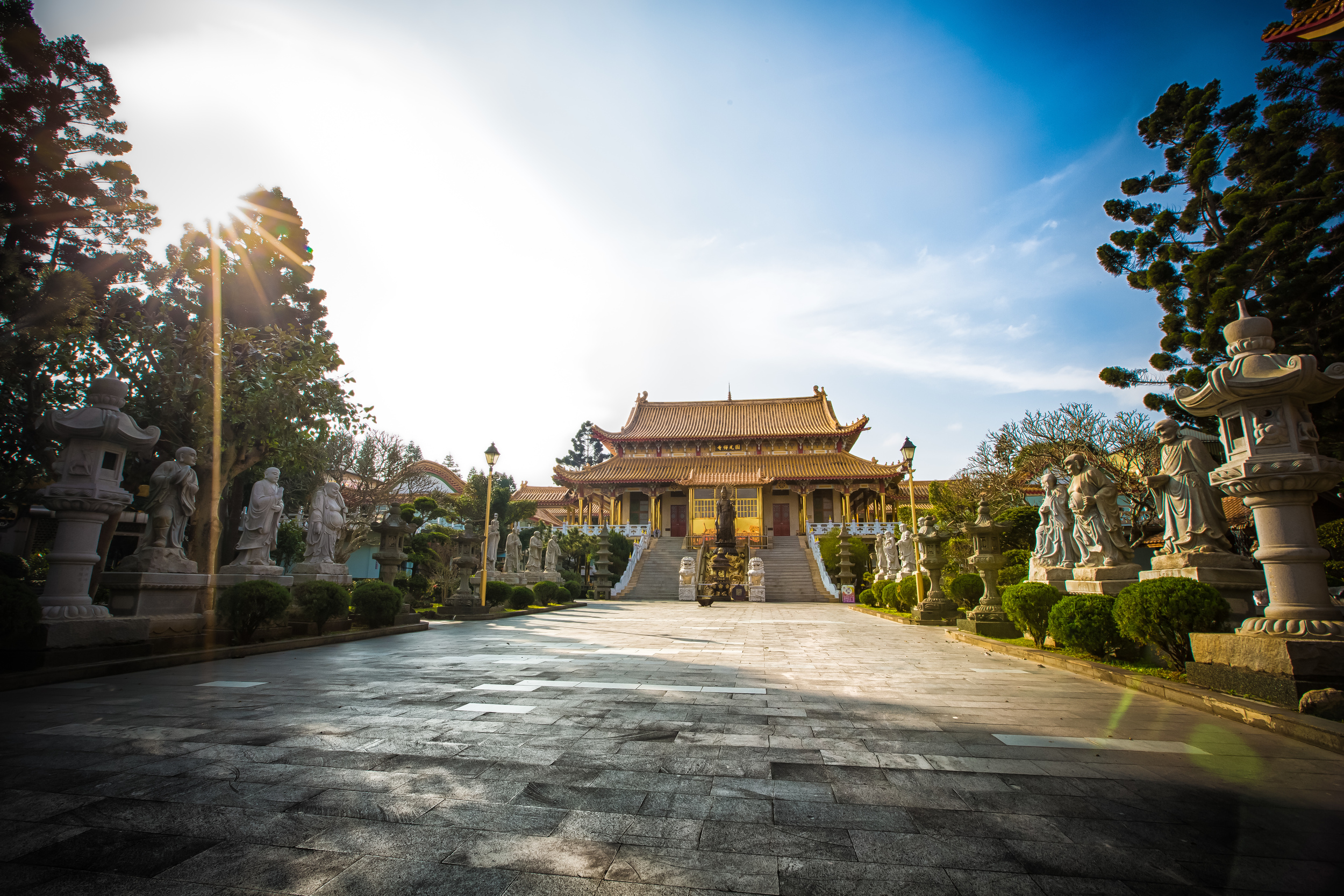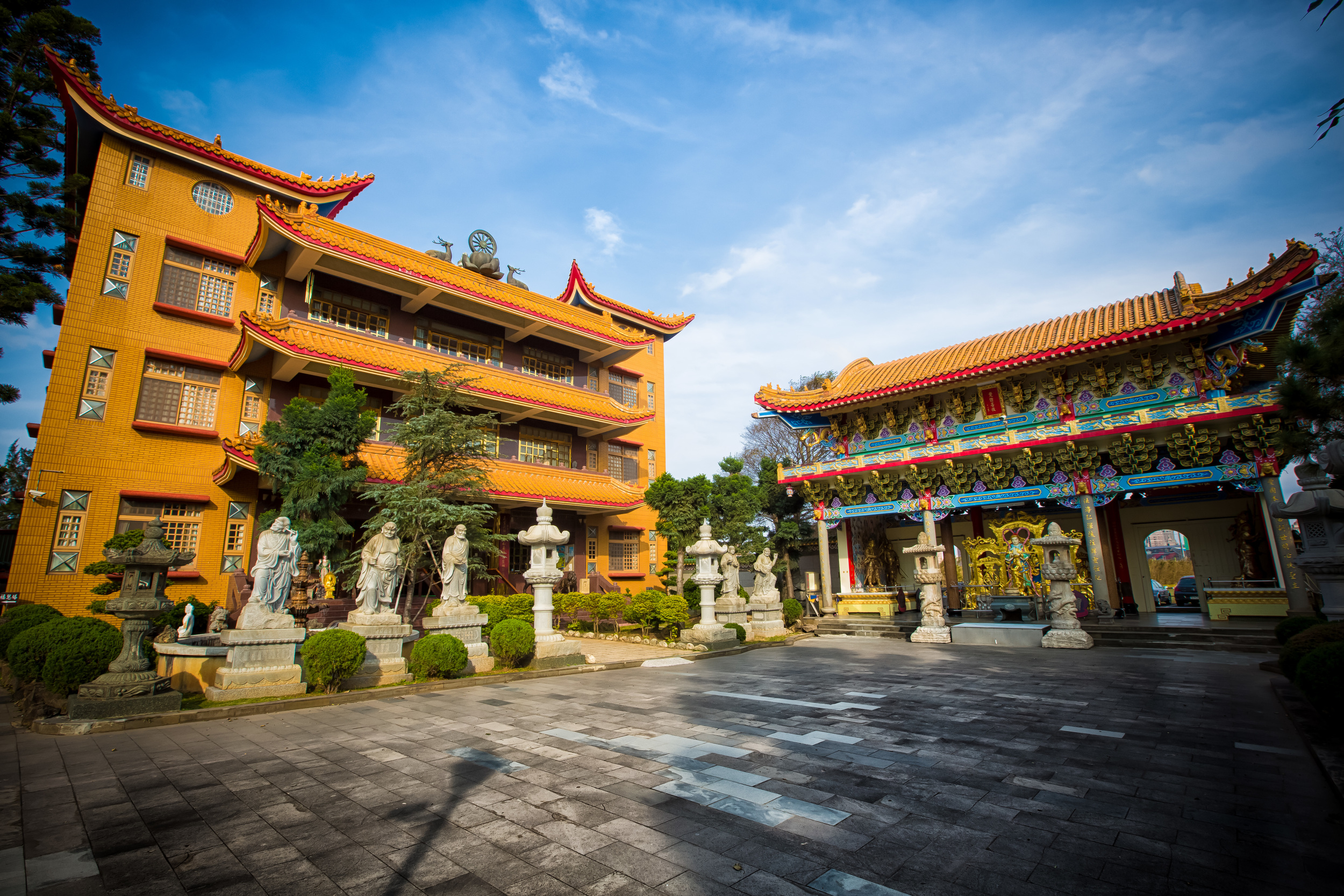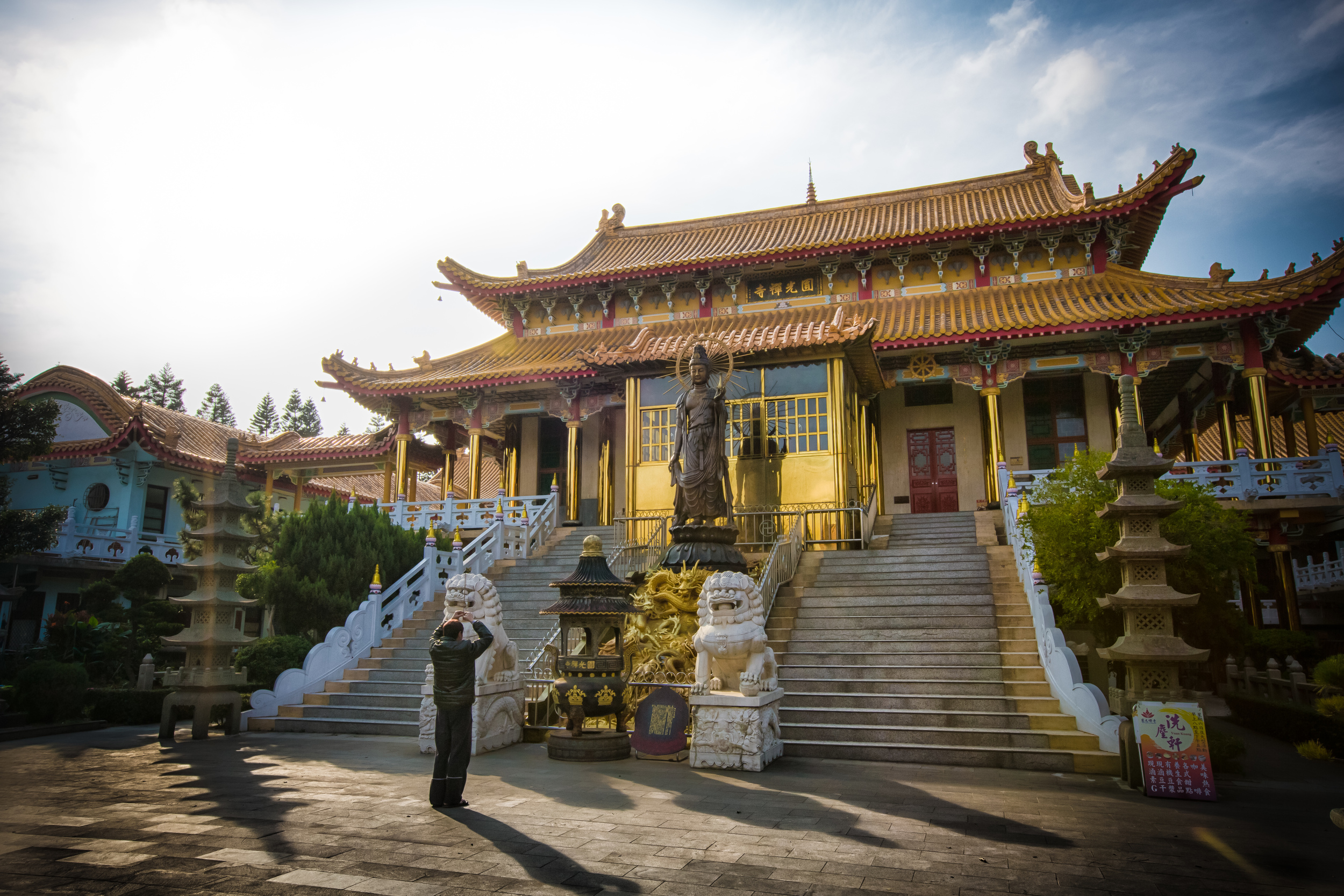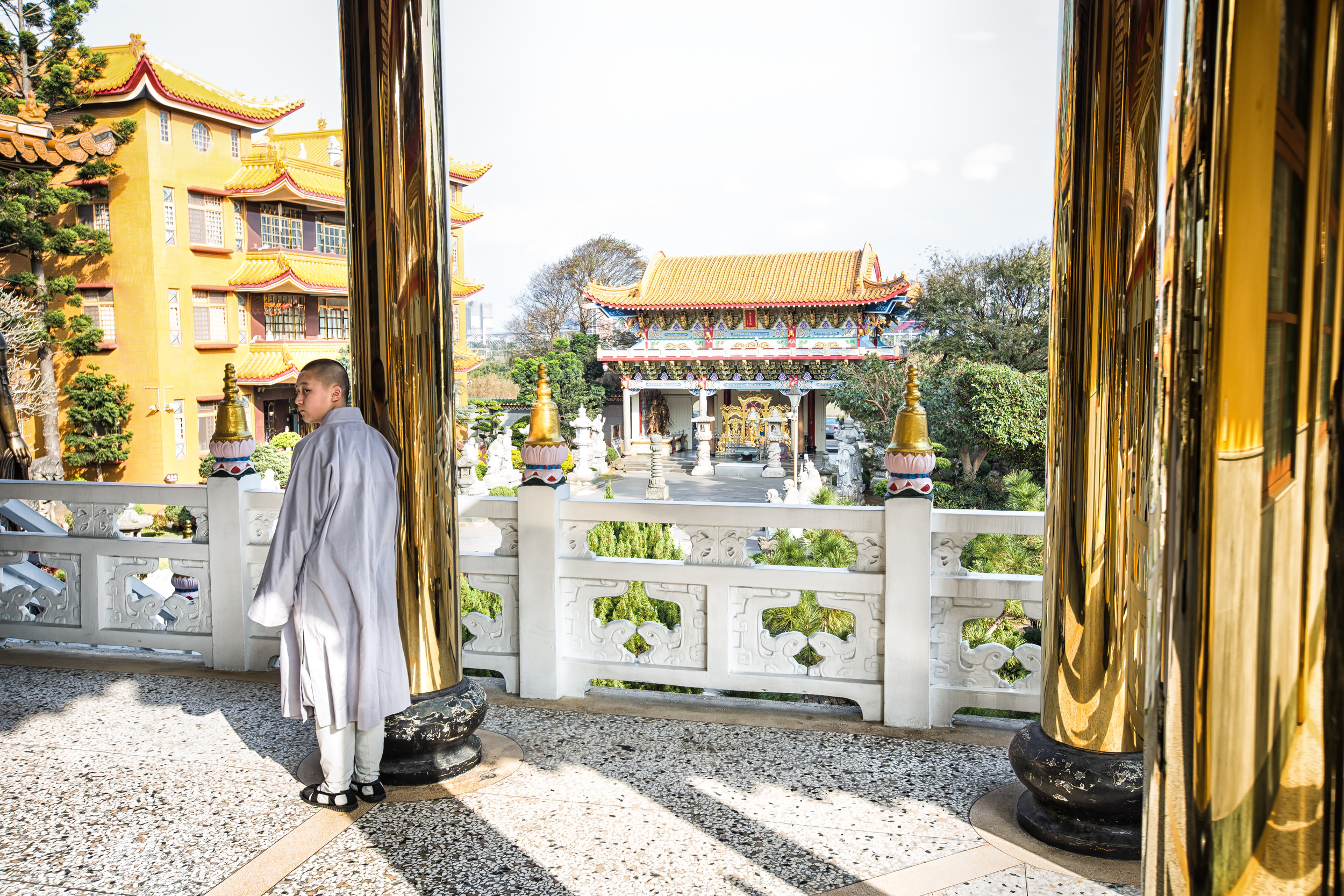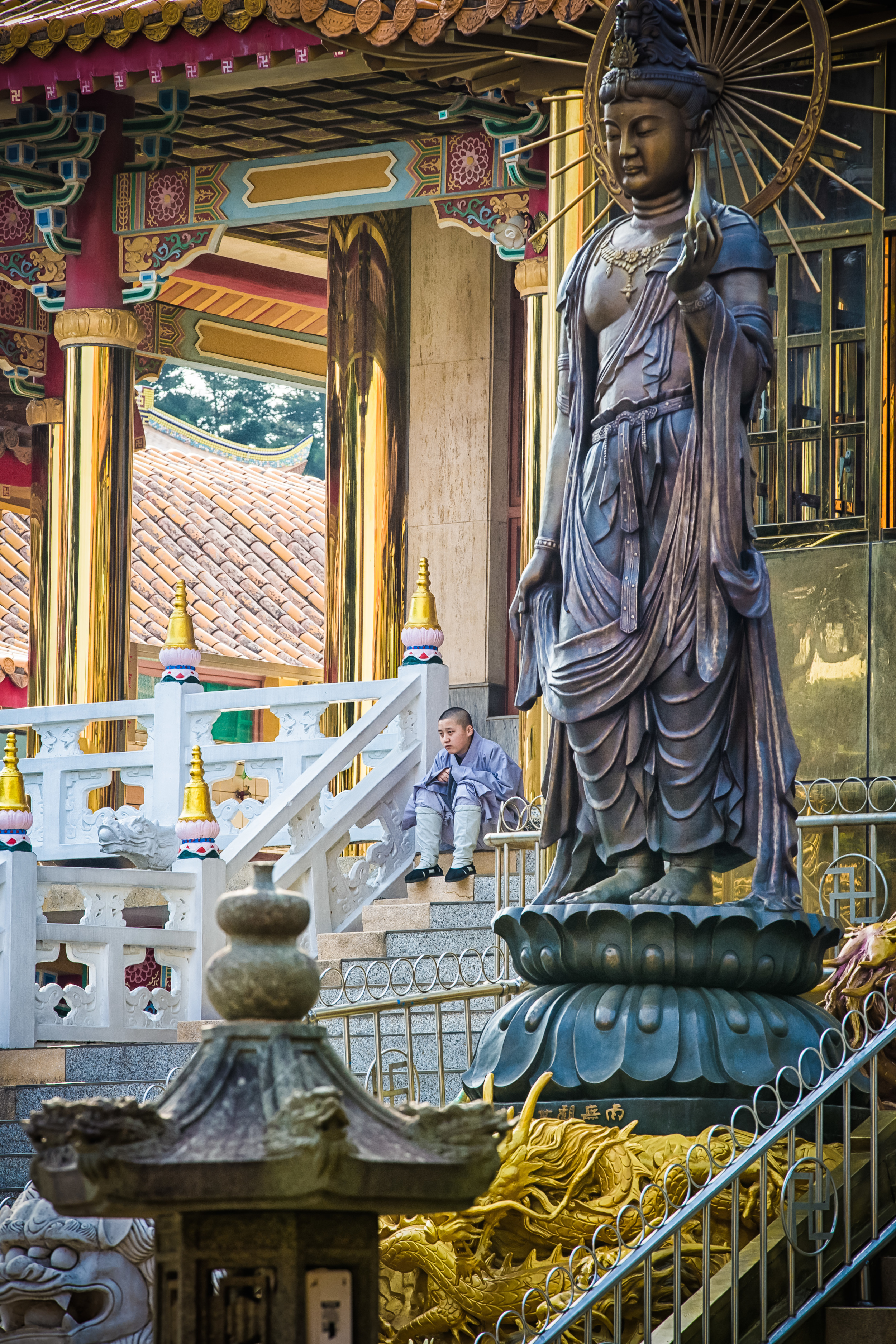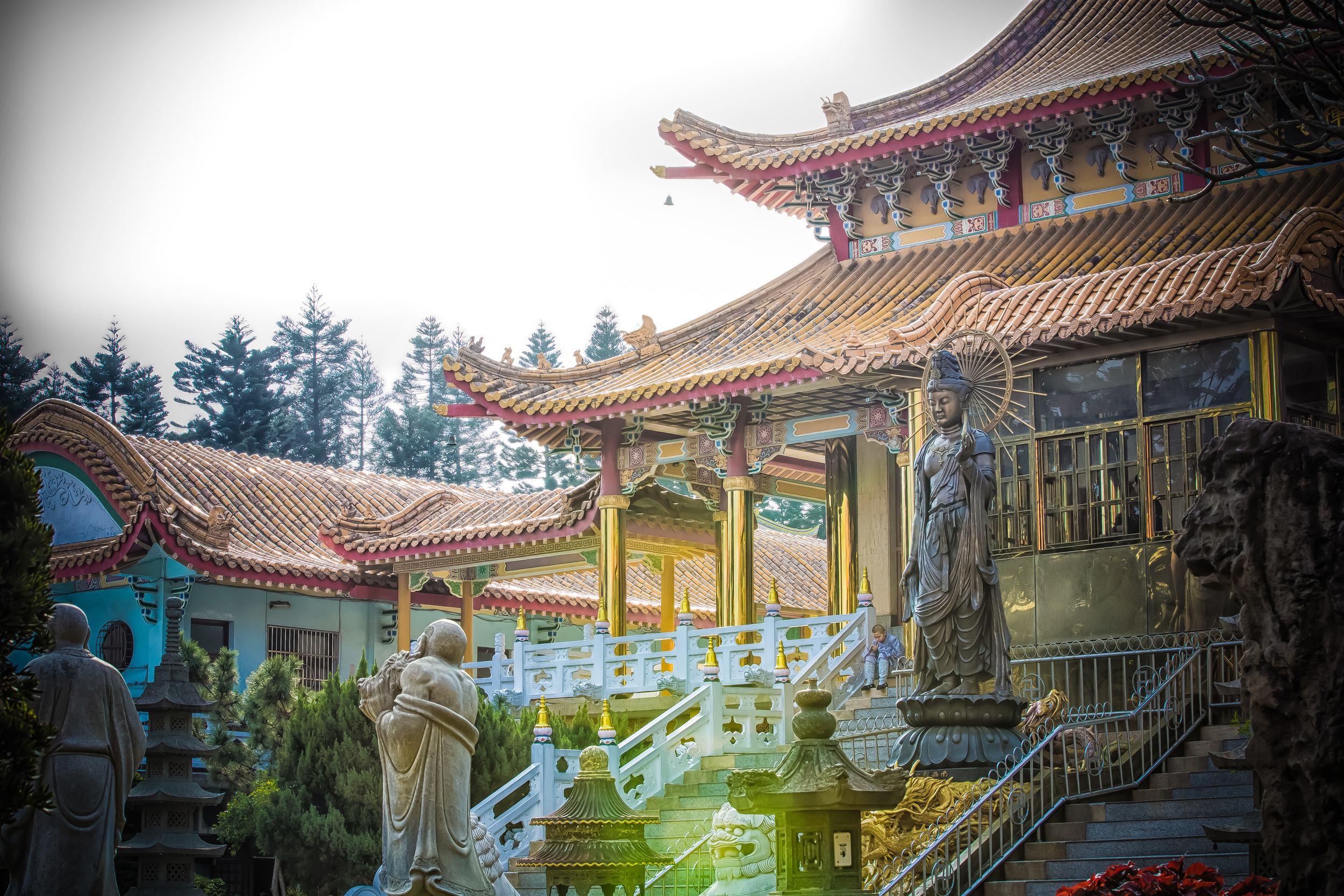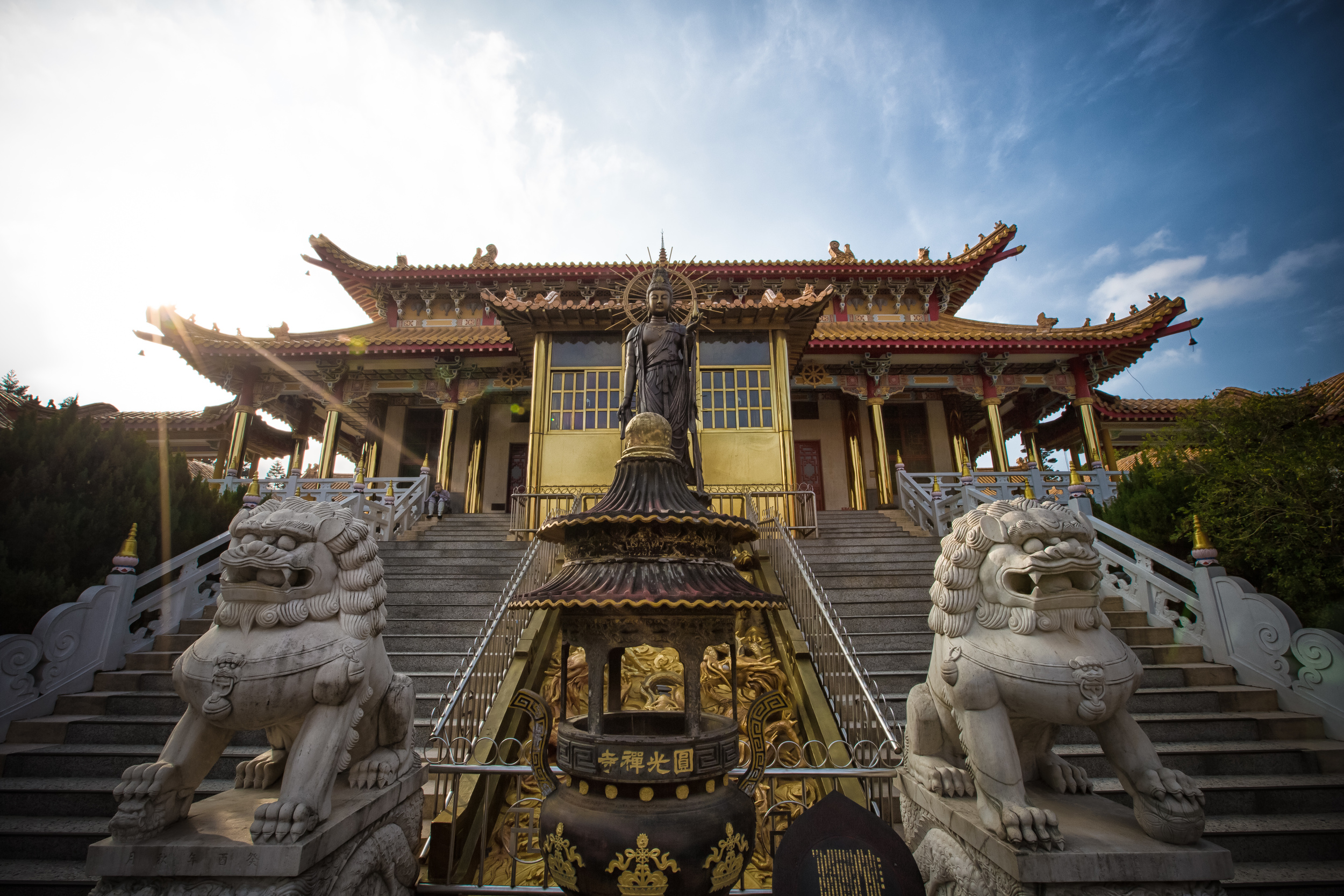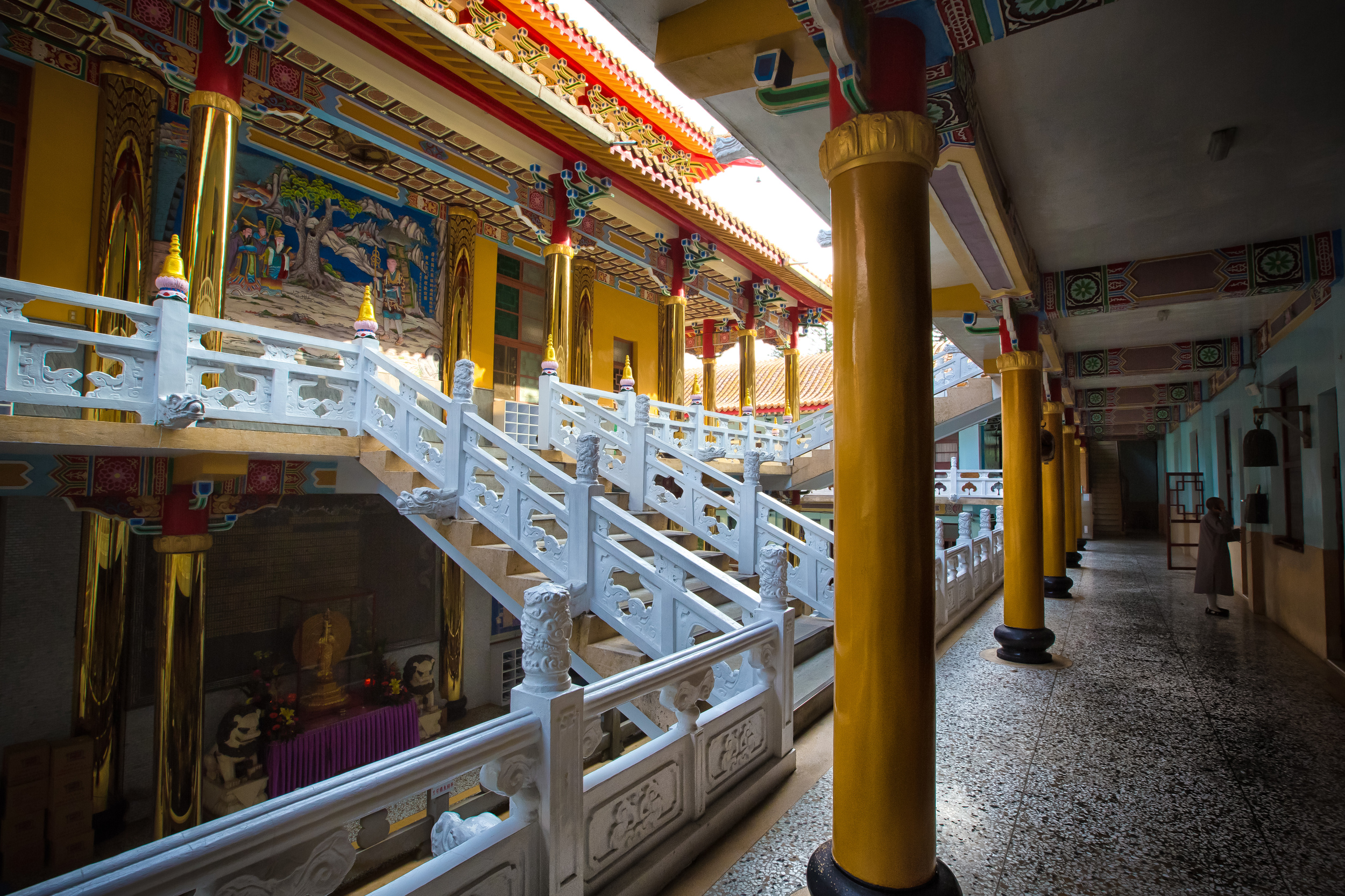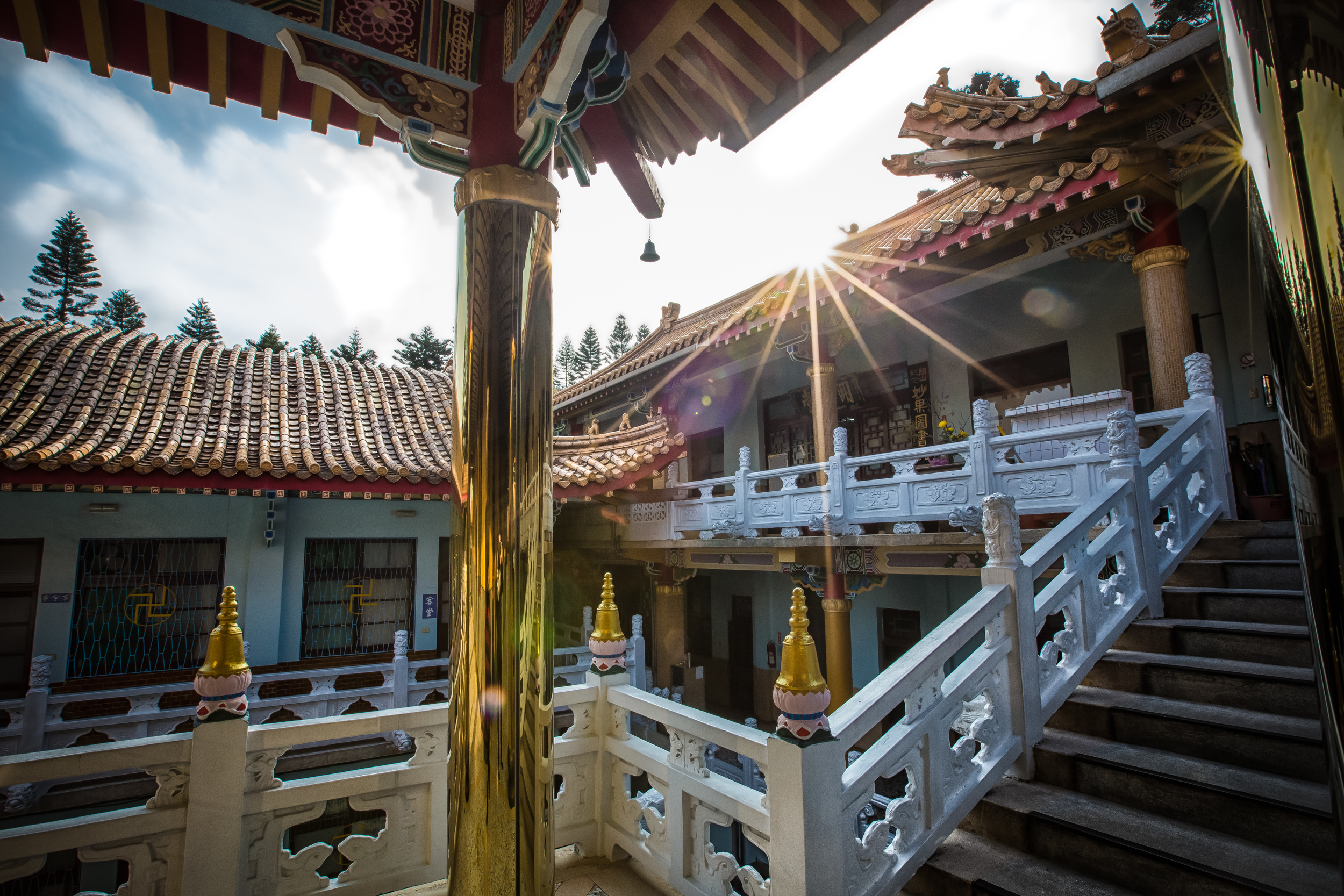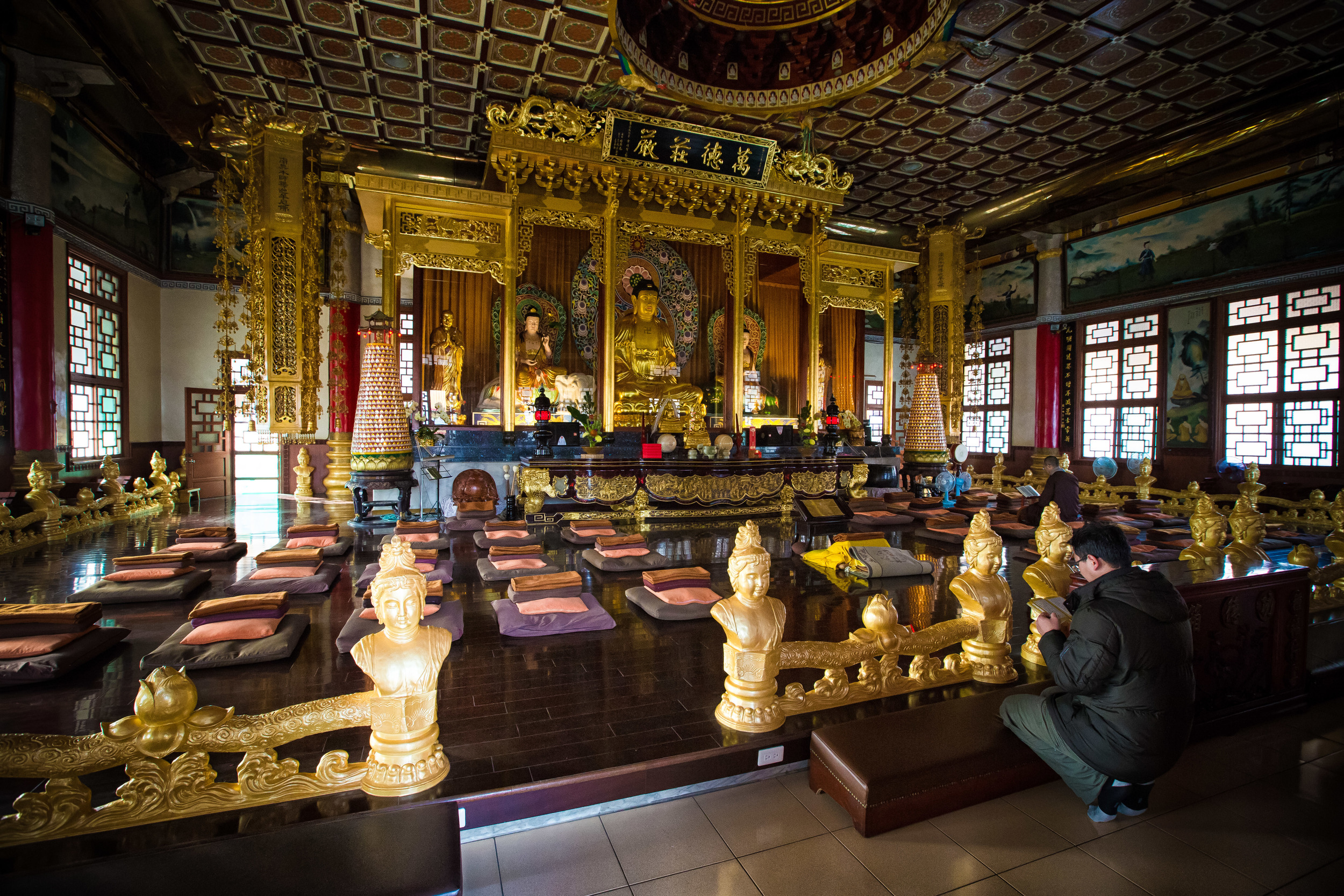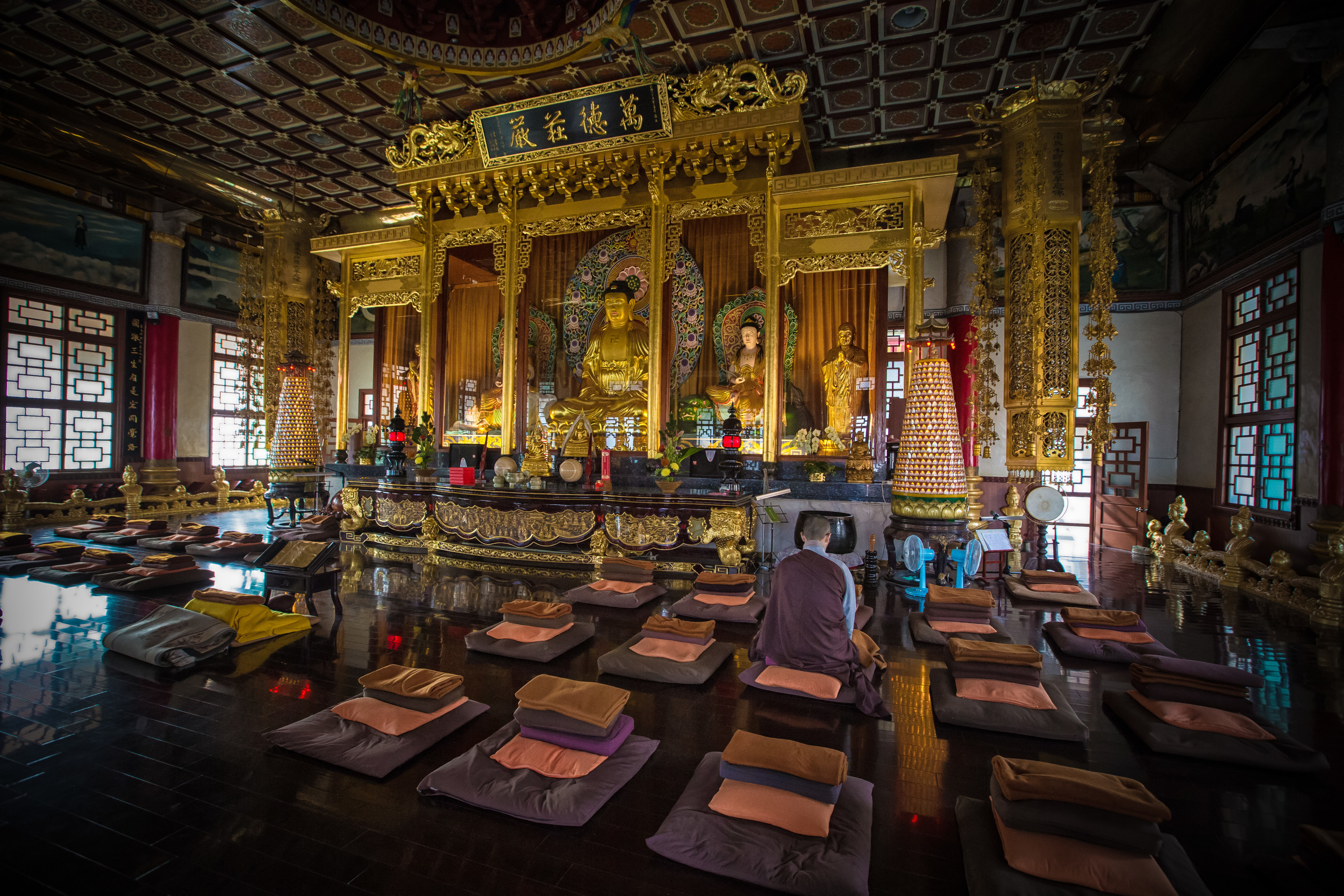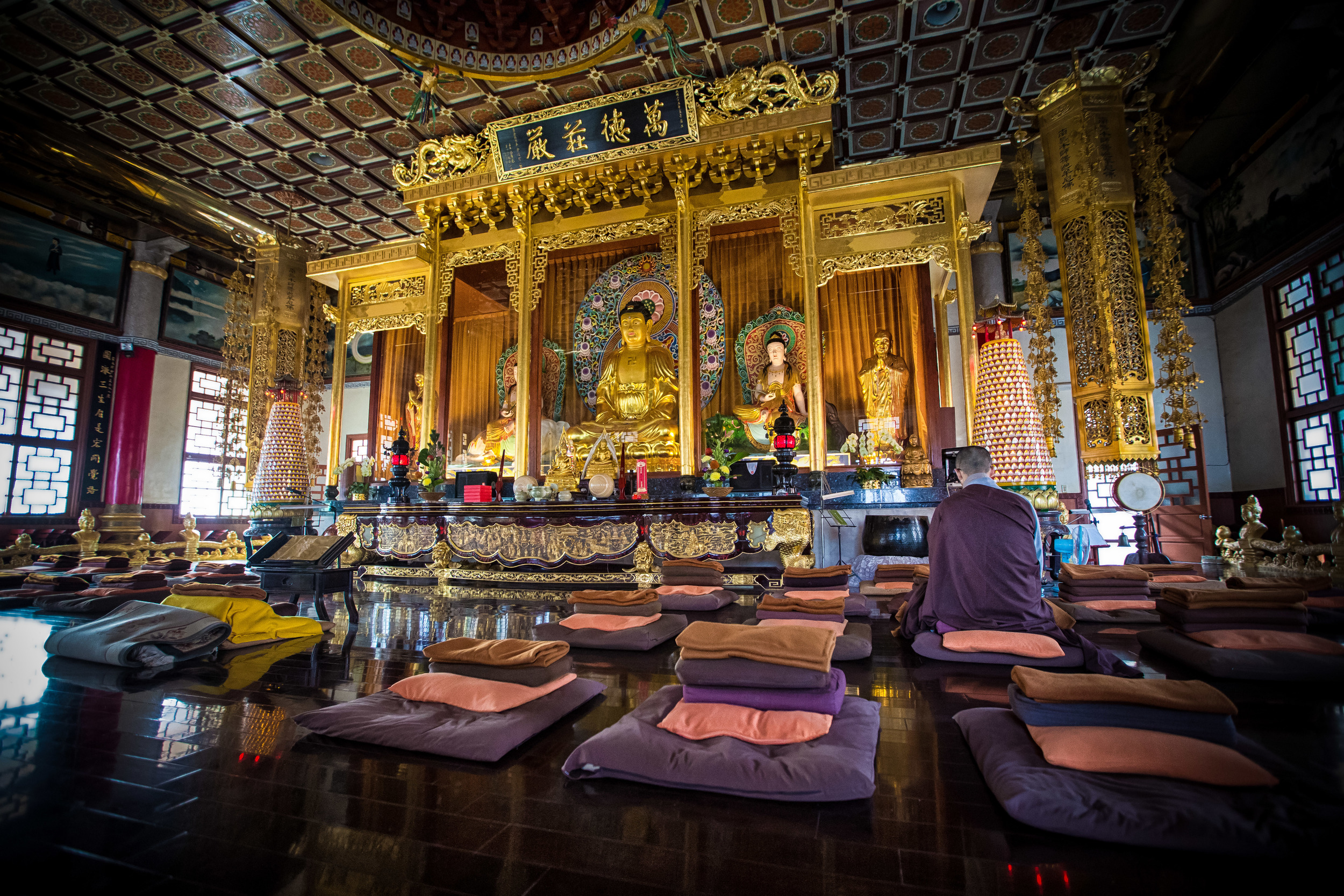- Introduction -
One of my personal goals in photography this year is to improve my skills with street photography. I'm really interested in the compelling work street photographers are able to produce that tell stories of the lives of every day people and that was an area I wanted to really work on.
I wanted to come up with an interesting way to take these kinds of shots and integrate them in a Taiwan-related theme as a photo project that would be done over a period of time. What I decided to start with is taking candid street-style portraits of the vendors at night markets and to tell a bit of their story.
Over the next few weeks, I'm going to be posting blogs each with five street shots from the night market and I'll introduce a bit about what that person sells - similar to what the "Humans of New York" photoblogger does.
The first few entries are going to focus on my favourite Night Market: The Zhongli Night Market (中壢觀光夜市) and then when I've exhausted all the types of stalls there, I'll move on to other popular night markets around the country.
If you're not sure what a night market is, its basically a street or an area set up during the night which sells various kinds of food and various other things. Night Markets are excellent places for cheap food and you can have a four course meal at a night market for only a few dollars. Night Markets are important in Taiwanese culture and are often the best night life you can experience in certain areas outside of Taipei as you'll find people of all walks of life enjoying the carnival like atmosphere.
The Zhongli Night Market is over 700 meters long and has several rows of vendors. Browsing a night market is always a pretty cool experience for foreigners who come to Taiwan as its a great way to experience a bit of the liveliness of Taiwanese culture.
1. Mahjong Boss (麻將老闆)
Gambling is a pretty popular activity in Taiwan - this game of Mahjong is all in good fun though as you only have to pay 100NT ($3.00US) to play six rounds of Mahjong with the possibility of winning a huge stuffed animal. Ironically living in Taiwan for as long as I have - I still haven't figured out how to play the game - so this stall isn't one that I frequent very often, but its normal to see young Taiwanese couples walking through the night market with the boyfriend carrying a huge stuffed animal for his extremely happy girlfriend.
2. Fresh Cakes from the back of a Scooter (雞蛋糕老闆)
This guy makes some mean cakes. I don't actually know how to translate these beauties into English, but they're basically just animal shaped pancakes that are cooked on an iron griddle. This guy has been in business for over 30 years and his product is always a nice way to end your night at the night market! You can get a freshly cooked serving for around 20NT (less than a dollar) and they're always cooked fresh and crispy.
3. The Lonely Fortune Teller (算命者)
This guy has been at the night market for as long as I've been living here. He's there every night and he always dresses well - even on extremely hot summer nights. I don't pretend to understand the methods to a Taiwanese fortune tellers mayhem, but they are popular here and some people only make important life decisions based on the advice of one of these guys. I posted this shot a week or two ago on Facebook and one of my photographer friends cleverly commented that as a fortune teller, you would think he would be able to predict a slow business night.
4. Shoe Salesman (鞋子老闆)
Taiwan is a very country with its finger on the beating heart of fashion - People young and old dress in the latest styles from Japan, Korea and the West. When something is popular fashion-wise, you can be sure that you'll find the latest knock-offs available at the night market. I'm not sure how much business is done by the night market shoes salesmen, but if his falling asleep on the job is any indication - he's probably not that busy.
5. Shaomai King (燒賣王)
Shaomai (燒賣) is a type of steamed Cantonese dumplings usually eaten with Dim Sum. The dumplings are very colourful and come filled with pork, vegetables, shrimp and other types of seafood. Shaomai isn't typical Taiwanese night market fare, but these little dumplings are tasty and cheap. My favourite flavour is the wasabi pork dumplings, a typical Taiwanese fusion of Chinese and Japanese cuisine!












